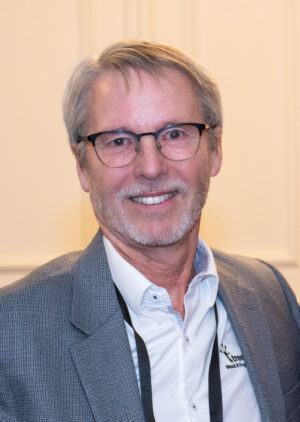
Kelly McCloskey
Every so often, a technical story reveals a simple truth—showing how easily numbers, once baked into the system, can become policy. A recent essay by analyst Alice Palmer… shows how the US Department of Commerce’s anti-dumping calculations turn fair trade into a numerical fiction—and why, even as markets shift, the duties stay high. …Palmer’s finding naturally raises a broader question: if one methodological choice can create a margin from nothing, are other elements in the system doing similar work? …Tree Frog reached out to Palmer and looked further into how the duty calculations are made—first, anti-dumping, then countervailing duties and finally timing. Taken together, the analysis points to a consistent pattern: much of the duty burden reflects method and timing rather than market reality. …If the anti-dumping and countervailing duties were recalculated using complete data (no zeroing), domestic benchmarks (no non-comparable price substitution), and up-to-date prices (no cycle lag), their combined rate—now roughly 35%—could fall to minimal levels.
In the wider context, the methodological issues described here are not just statistical—they reflect a system without an effective referee. The WTO Appellate Body remains dormant after the US blocked new appointments, and the Canada–US–Mexico Agreement (known in Canada as CUSMA and in the United States as USMCA) offers no practical remedy. The usual checks on bias have eroded, leaving little recourse for affected industries. Political-risk analyst Robert McKellar argues that this represents “a structural vulnerability: when the rules are written by the same players who benefit from them.” Just recently, the US Lumber Coalition reinforced that trend, urging that any USMCA extension be conditioned on eliminating the Chapter 10 binational panel review process—a move that would effectively eliminate external oversight of US trade-remedy decisions. …As McKellar noted, this tension between political power and economic logic typifies today’s protectionist era—a system where duties reflect not only distorted math but also the absence of a functioning arbiter to restore balance.
 Citing timber supply challenges and soft lumber markets—West Fraser Timber is permanently closing both its 100 Mile House, BC, and Augusta, Georgia, sawmills. In related news: Maine’s Woodland Pulp pauses until January; Interfor (-$216M); Mercer (-81M); and Suzano ($115M) report their Q3 net earnings; Oregon’s Chinook Forest Partners acquires South Coast Lumber; and Appalachian Wood Pellets responds to a fire in West Virginia.
Citing timber supply challenges and soft lumber markets—West Fraser Timber is permanently closing both its 100 Mile House, BC, and Augusta, Georgia, sawmills. In related news: Maine’s Woodland Pulp pauses until January; Interfor (-$216M); Mercer (-81M); and Suzano ($115M) report their Q3 net earnings; Oregon’s Chinook Forest Partners acquires South Coast Lumber; and Appalachian Wood Pellets responds to a fire in West Virginia.
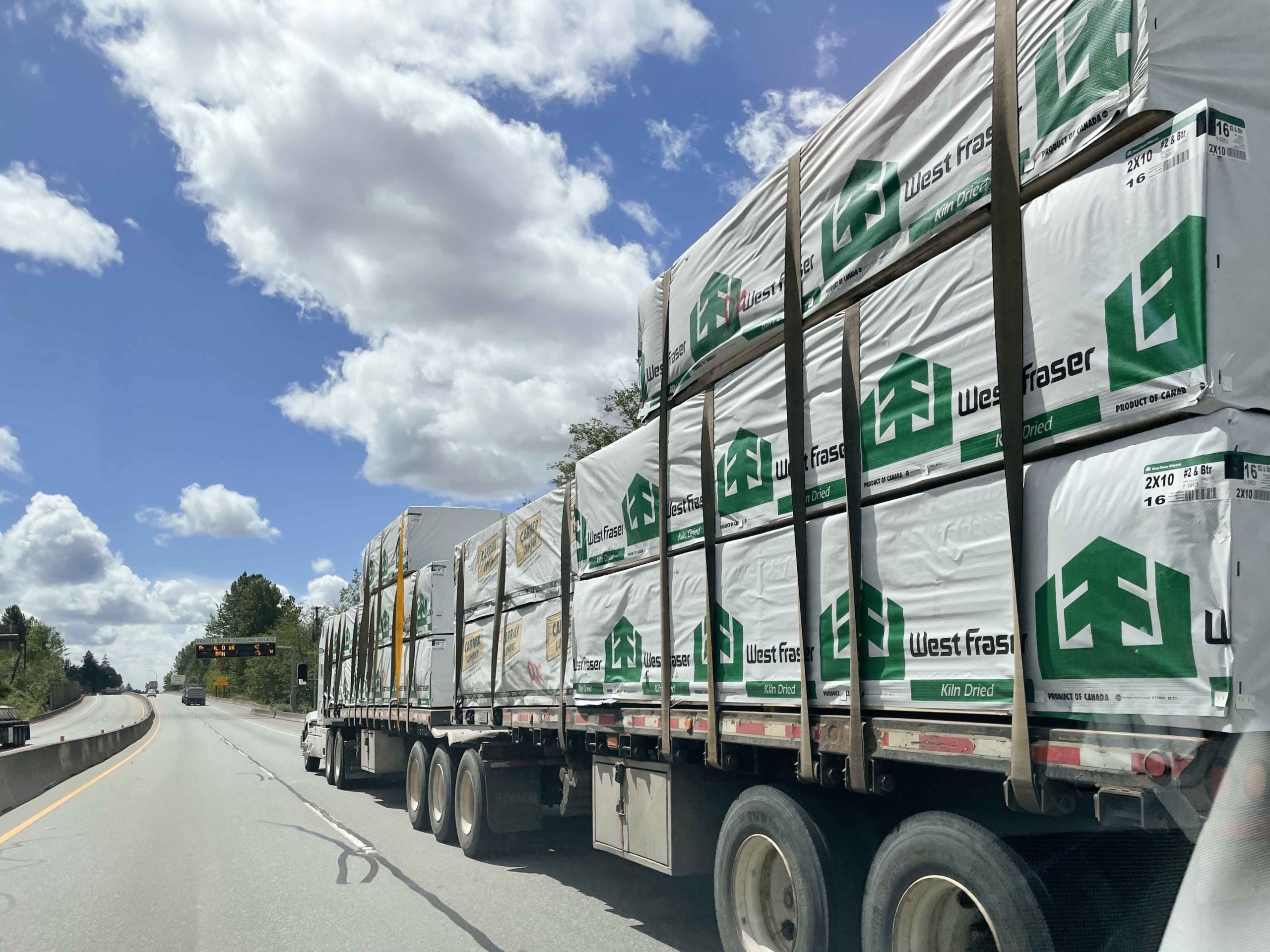 The softwood timber tariffs levied by the U.S. have begun to hit the lumber industry hard. Citing a drooping softwood lumber demand, compounded by higher duties and additional tariffs that have reached 45 per cent for U.S. markets, West Fraser Timber announced Thursday its plans to permanently shutter both its Augusta, Ga., and 100 Mile House lumber mills by the end of 2025. Approximately 165 employees at the 100 Mile House mill will be laid off, as the company says it can’t secure an adequate volume of economically viable timber. The closing of the mill drops West Fraser’s capacity by 160 million board feet. …The closure of the Augusta lumber mill is a result of challenging lumber demand, and the loss of economically viable residual outlets, which combined has compromised the mill’s long-term viability. Around 130 employees will be laid off there, and further reduce West Fraser’s capacity by 140 million board feet.
The softwood timber tariffs levied by the U.S. have begun to hit the lumber industry hard. Citing a drooping softwood lumber demand, compounded by higher duties and additional tariffs that have reached 45 per cent for U.S. markets, West Fraser Timber announced Thursday its plans to permanently shutter both its Augusta, Ga., and 100 Mile House lumber mills by the end of 2025. Approximately 165 employees at the 100 Mile House mill will be laid off, as the company says it can’t secure an adequate volume of economically viable timber. The closing of the mill drops West Fraser’s capacity by 160 million board feet. …The closure of the Augusta lumber mill is a result of challenging lumber demand, and the loss of economically viable residual outlets, which combined has compromised the mill’s long-term viability. Around 130 employees will be laid off there, and further reduce West Fraser’s capacity by 140 million board feet. OTTAWA, ON – Canadian Forest Owners (CFO) appeared before the House of Commons Standing Committee on Natural Resources today as part of its study on the forest industry, which is being severely affected by the ongoing softwood lumber dispute. Andrew de Vries, Chief Executive Officer of CFO, and Vincent Miville, Vice-Chair of CFO and Executive Director of the Quebec Federation of Forest Producers, presented recommendations aimed at better recognizing the strategic role of forest owners and the importance of private forests in Canada. CFO represents 480,000 forest owners who collectively own about 10% of Canada’s forested land, but account for 20% of the country’s timber production. These owners supply wood to the forest industry, contribute to regional economies, and provide essential environmental services to rural communities. “The lack of understanding of private forests is a blind spot in Canada’s forest and trade policy, and as a result, support programs for the sector often overlook their essential contribution,” said de Vries.
OTTAWA, ON – Canadian Forest Owners (CFO) appeared before the House of Commons Standing Committee on Natural Resources today as part of its study on the forest industry, which is being severely affected by the ongoing softwood lumber dispute. Andrew de Vries, Chief Executive Officer of CFO, and Vincent Miville, Vice-Chair of CFO and Executive Director of the Quebec Federation of Forest Producers, presented recommendations aimed at better recognizing the strategic role of forest owners and the importance of private forests in Canada. CFO represents 480,000 forest owners who collectively own about 10% of Canada’s forested land, but account for 20% of the country’s timber production. These owners supply wood to the forest industry, contribute to regional economies, and provide essential environmental services to rural communities. “The lack of understanding of private forests is a blind spot in Canada’s forest and trade policy, and as a result, support programs for the sector often overlook their essential contribution,” said de Vries.
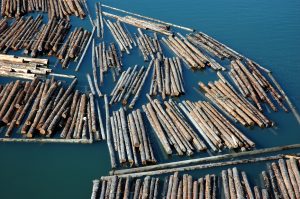 BEIJING — China will restore soybean import licences for three US firms and lift its suspension on US log imports starting November 10, its customs authority said on Friday in another sign of easing trade tensions between the two nations. …The halt on US log imports was a retaliatory measure after US President Trump’s March 1 order to investigate lumber imports. Investor sentiment improved after Trump met Chinese leader Xi Jinping in South Korea, reducing fears that the world’s two largest economies might abandon efforts to resolve their trade disputes. Following the meeting, Beijing lifted tariffs on some US farm goods. …However, traders remain cautious, as a 10% tariff on all US imports remains in effect, limiting expectations for a broader recovery in trade flows.
BEIJING — China will restore soybean import licences for three US firms and lift its suspension on US log imports starting November 10, its customs authority said on Friday in another sign of easing trade tensions between the two nations. …The halt on US log imports was a retaliatory measure after US President Trump’s March 1 order to investigate lumber imports. Investor sentiment improved after Trump met Chinese leader Xi Jinping in South Korea, reducing fears that the world’s two largest economies might abandon efforts to resolve their trade disputes. Following the meeting, Beijing lifted tariffs on some US farm goods. …However, traders remain cautious, as a 10% tariff on all US imports remains in effect, limiting expectations for a broader recovery in trade flows.
 KINGWOOD, W.Va. — Multiple volunteer fire departments and emergency medical services responded Wednesday night to a fire at Appalachian Wood Pellets that affected multiple buildings. Officials reported the blaze has been contained, and no injuries were reported. Preston County Office of Emergency Management Director Justin Wolfe said initial reports of the blaze at 383 Mill Road were received at 11:33 p.m. Wednesday. …Initial reports noted that crews mounted an attack against the blaze, with additional fire departments being requested for assistance. Based on reports, the fire affected structures outside the main plant, including an open trailer with material, an open roofed storage structure and a belt-to-silo apparatus, and encroached on a maintenance building.
KINGWOOD, W.Va. — Multiple volunteer fire departments and emergency medical services responded Wednesday night to a fire at Appalachian Wood Pellets that affected multiple buildings. Officials reported the blaze has been contained, and no injuries were reported. Preston County Office of Emergency Management Director Justin Wolfe said initial reports of the blaze at 383 Mill Road were received at 11:33 p.m. Wednesday. …Initial reports noted that crews mounted an attack against the blaze, with additional fire departments being requested for assistance. Based on reports, the fire affected structures outside the main plant, including an open trailer with material, an open roofed storage structure and a belt-to-silo apparatus, and encroached on a maintenance building.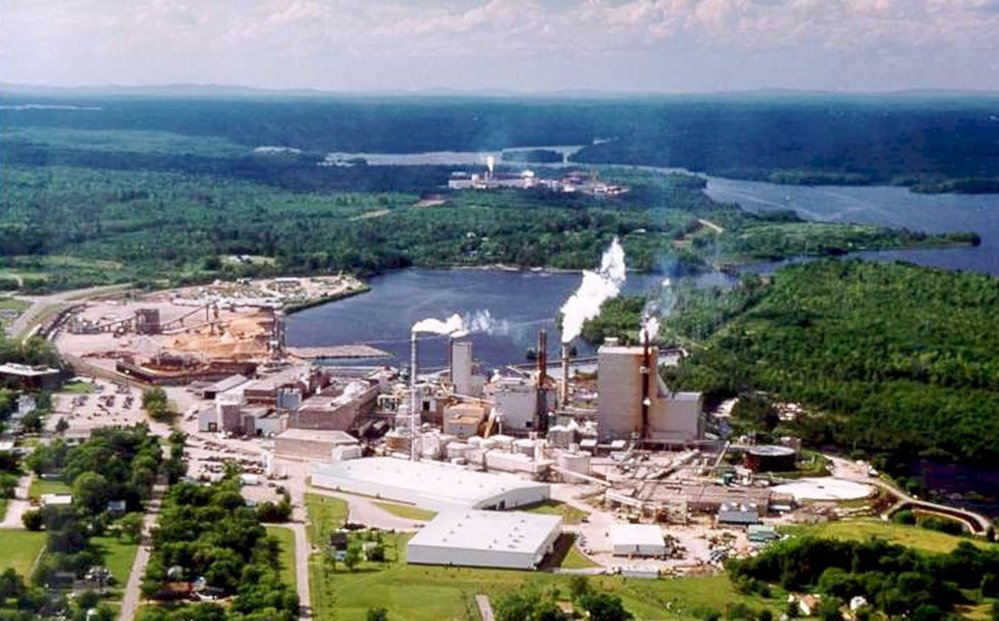
 NEW YORK — Mercer International reported third quarter 2025 Operating EBITDA of negative $28.1 million, a decrease from positive $50.5 million in the same quarter of 2024 and negative $20.9 million in the second quarter of 2025. In the third quarter of 2025, net loss was $80.8 million compared to $17.6 million in the same quarter of 2024 and $86.1 million in the second quarter of 2025. Mr. Juan Carlos Bueno, CEO, stated: “In the third quarter of 2025, persistent global economic and trade uncertainties, fiber scarcity in Germany as well as the impact of pulp substitution accelerated the decline in pulp market demand and pricing, which negatively impacted our operating results and contributed to a $20.4 million non-cash inventory impairment charge in the quarter.
NEW YORK — Mercer International reported third quarter 2025 Operating EBITDA of negative $28.1 million, a decrease from positive $50.5 million in the same quarter of 2024 and negative $20.9 million in the second quarter of 2025. In the third quarter of 2025, net loss was $80.8 million compared to $17.6 million in the same quarter of 2024 and $86.1 million in the second quarter of 2025. Mr. Juan Carlos Bueno, CEO, stated: “In the third quarter of 2025, persistent global economic and trade uncertainties, fiber scarcity in Germany as well as the impact of pulp substitution accelerated the decline in pulp market demand and pricing, which negatively impacted our operating results and contributed to a $20.4 million non-cash inventory impairment charge in the quarter. BURNABY, BC — Interfor reported its Q3, 2025 results. The company recorded a net loss of $215.8 million compared to net earnings of $11.1 million in Q2’25 and a net loss of $105.7 million in Q3’24. Adjusted EBITDA was a loss of $183.8 million on sales of $689.3 million in Q3’25 versus Adjusted EBITDA of $17.2 million on sales of $780.5 million in Q2’25 and an Adjusted EBITDA loss of $22.0 million on sales of $692.7 million in Q3’24. Lumber production of 912 million board feet was down 23 million board feet versus the preceding quarter. This decline largely reflects the Company’s announcement on September 4, 2025, to temporarily curtail production. …Weak lumber market conditions were reflected in Interfor’s average selling price of $618 per mfbm, down $66 per mfbm versus Q2’25. …Interfor’s strategy of maintaining a diversified portfolio of operations in multiple regions allows the Company to both reduce risk and maximize returns on capital over the business cycle.
BURNABY, BC — Interfor reported its Q3, 2025 results. The company recorded a net loss of $215.8 million compared to net earnings of $11.1 million in Q2’25 and a net loss of $105.7 million in Q3’24. Adjusted EBITDA was a loss of $183.8 million on sales of $689.3 million in Q3’25 versus Adjusted EBITDA of $17.2 million on sales of $780.5 million in Q2’25 and an Adjusted EBITDA loss of $22.0 million on sales of $692.7 million in Q3’24. Lumber production of 912 million board feet was down 23 million board feet versus the preceding quarter. This decline largely reflects the Company’s announcement on September 4, 2025, to temporarily curtail production. …Weak lumber market conditions were reflected in Interfor’s average selling price of $618 per mfbm, down $66 per mfbm versus Q2’25. …Interfor’s strategy of maintaining a diversified portfolio of operations in multiple regions allows the Company to both reduce risk and maximize returns on capital over the business cycle.



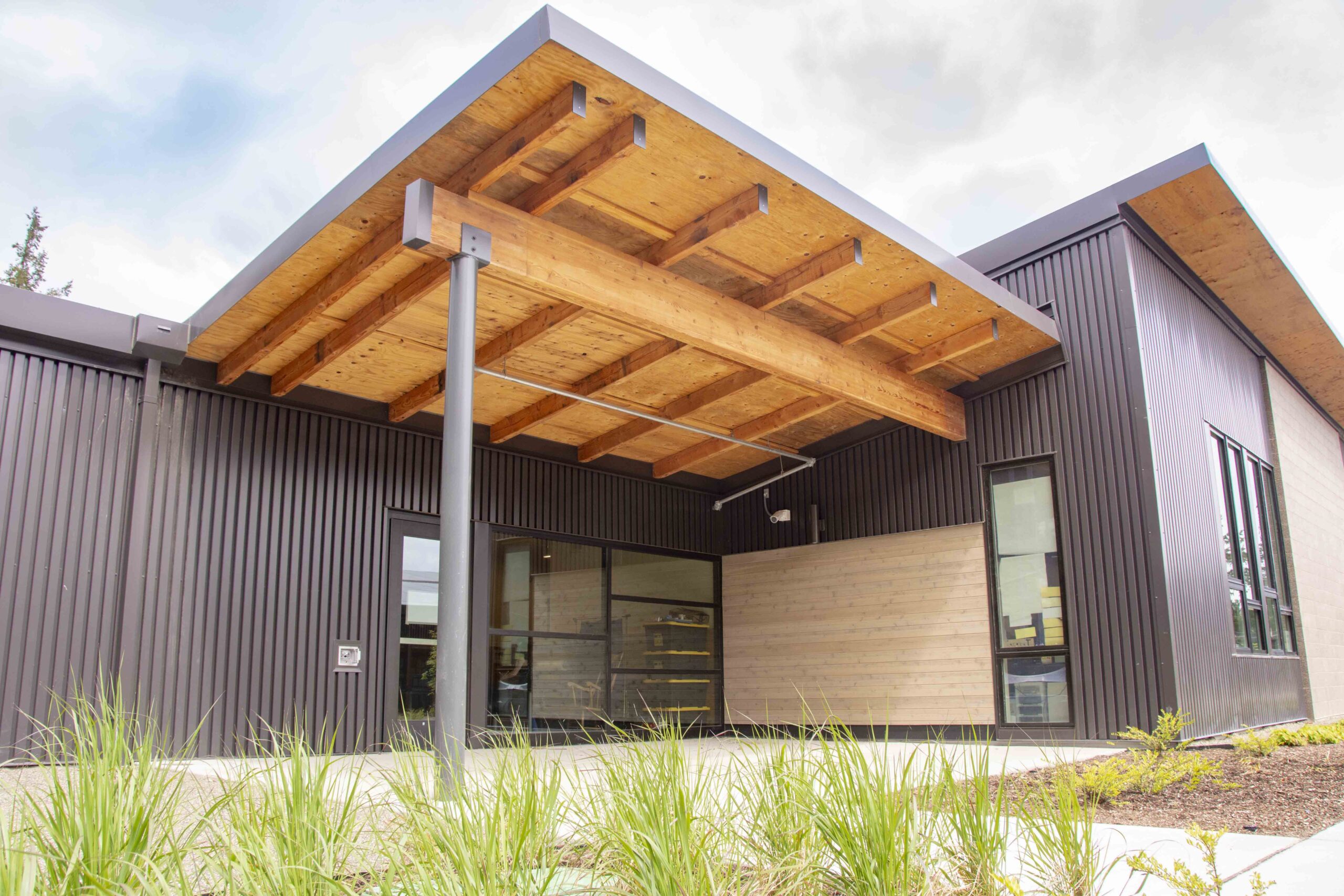 Michigan is the latest state to launch an initiative aimed at accelerating mass timber construction. The new Michigan Mass Timber Catalyst Program will provide cash awards ranging from $25,000 to $75,000, along with technical assistance and peer-learning opportunities, to encourage the use of engineered wood in new buildings. Although mass timber products are not yet manufactured in Michigan, interest in the material is growing rapidly. …The Catalyst program, produced collaboratively by the Michigan DNR, MassTimber@MSU, the Michigan Green Building Collaborative, and WoodWorks, will support early-stage projects that use mass timber as a primary structural or architectural material. …Awarded teams will join a cohort led by MassTimber@MSU and Woodworks to work through design, procurement, cost estimation, and code approval challenges. …In New York City, the NYCEDC’s Mass Timber Studio offers $25,000 Grants and technical support for early-stage projects…. In the Southeast, the Georgia Mass Timber Accelerator… provides funding and technical assistance to teams exploring timber-based design solutions.
Michigan is the latest state to launch an initiative aimed at accelerating mass timber construction. The new Michigan Mass Timber Catalyst Program will provide cash awards ranging from $25,000 to $75,000, along with technical assistance and peer-learning opportunities, to encourage the use of engineered wood in new buildings. Although mass timber products are not yet manufactured in Michigan, interest in the material is growing rapidly. …The Catalyst program, produced collaboratively by the Michigan DNR, MassTimber@MSU, the Michigan Green Building Collaborative, and WoodWorks, will support early-stage projects that use mass timber as a primary structural or architectural material. …Awarded teams will join a cohort led by MassTimber@MSU and Woodworks to work through design, procurement, cost estimation, and code approval challenges. …In New York City, the NYCEDC’s Mass Timber Studio offers $25,000 Grants and technical support for early-stage projects…. In the Southeast, the Georgia Mass Timber Accelerator… provides funding and technical assistance to teams exploring timber-based design solutions.
 BOISI, Idaho — The Trump Administration’s decision earlier this year to do away with the 2001 Roadless Area Conseravtion Rule on national forest lands sent shockwaves through environmental and outdoor recreation communities. According to environmentalists and an Idaho public official who has been involved in roadless rule politics since the issue’s inception, the move could transport stakeholders in the Pacific Northwest back to the rancor and political divisions of the timber war years. …“The national rule itself put the whole timber wars to bed. It really did,” said James Caswell, former director of the Bureau of Land Management. …The rule led to conditions in which environmentalists became less combative about forest management, according to Caswell. Instead, enviros became more willing to work with timber industry and Forest Service officials. …The decision puts the forest objectives of fishermen, hunters, ATVers, bird watchers and others on the back burner.
BOISI, Idaho — The Trump Administration’s decision earlier this year to do away with the 2001 Roadless Area Conseravtion Rule on national forest lands sent shockwaves through environmental and outdoor recreation communities. According to environmentalists and an Idaho public official who has been involved in roadless rule politics since the issue’s inception, the move could transport stakeholders in the Pacific Northwest back to the rancor and political divisions of the timber war years. …“The national rule itself put the whole timber wars to bed. It really did,” said James Caswell, former director of the Bureau of Land Management. …The rule led to conditions in which environmentalists became less combative about forest management, according to Caswell. Instead, enviros became more willing to work with timber industry and Forest Service officials. …The decision puts the forest objectives of fishermen, hunters, ATVers, bird watchers and others on the back burner.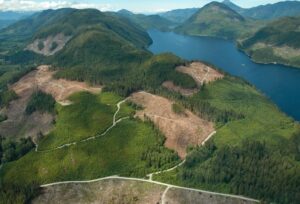 CORVALLIS, Oregon – Rising wildfire risk in the Pacific Northwest combined with notoriously volatile timber pricing may lower forestland values by as much as 50% and persuade plantation owners to harvest trees much earlier than planned, a
CORVALLIS, Oregon – Rising wildfire risk in the Pacific Northwest combined with notoriously volatile timber pricing may lower forestland values by as much as 50% and persuade plantation owners to harvest trees much earlier than planned, a 
